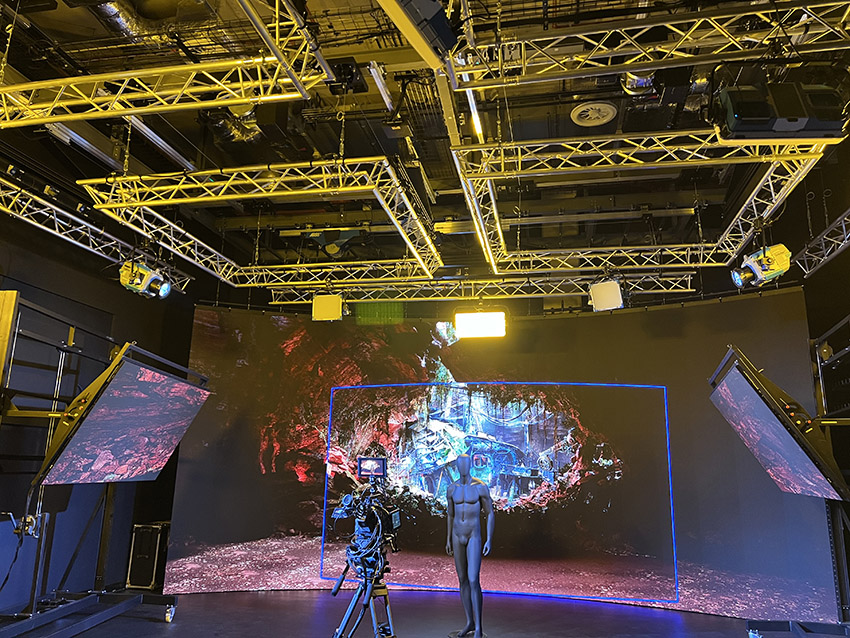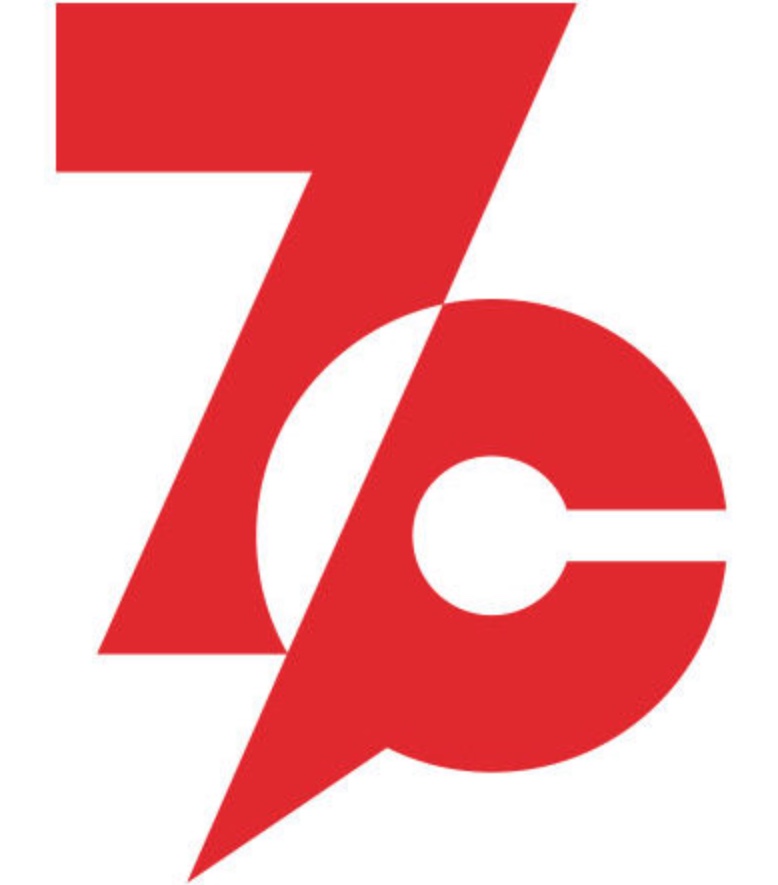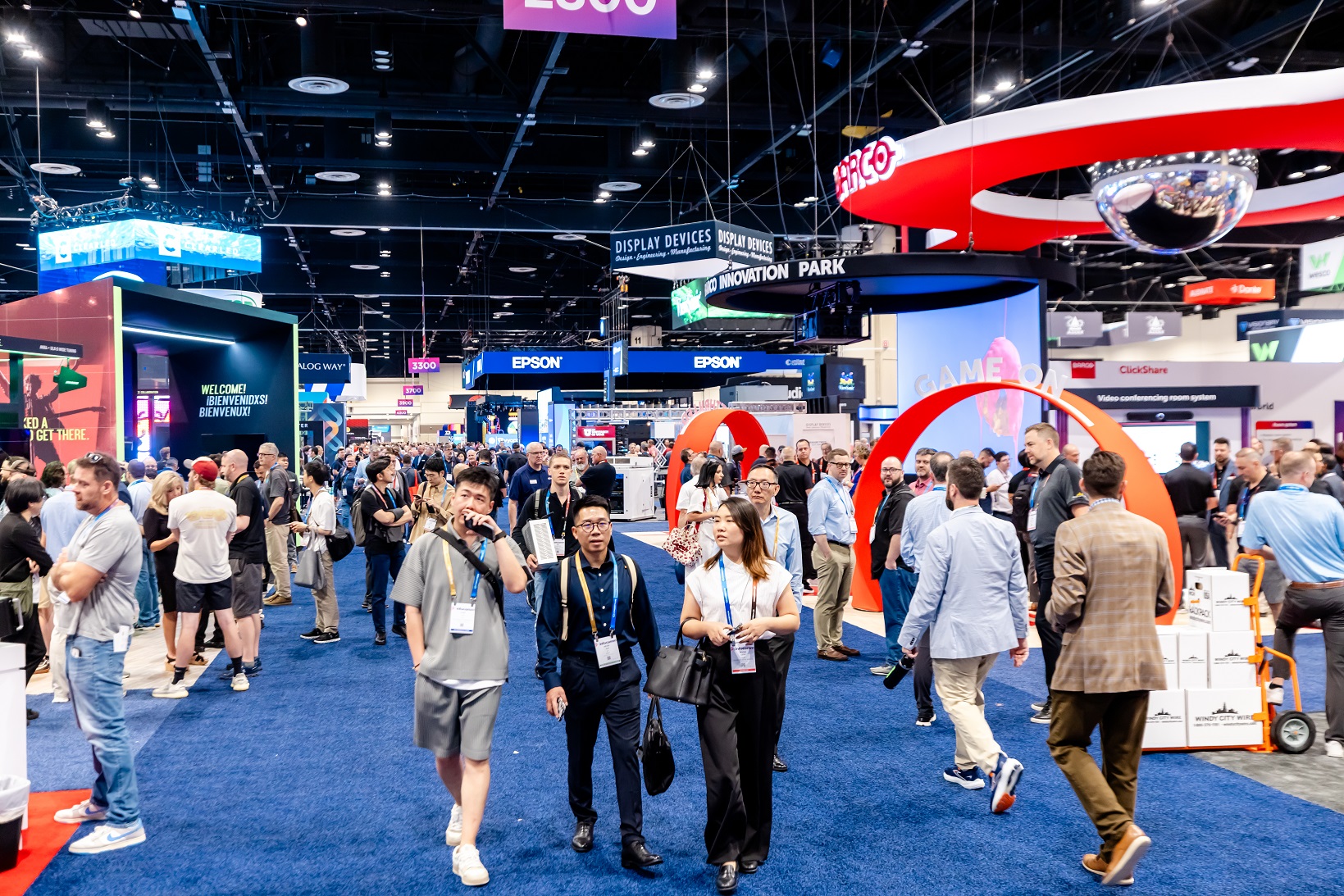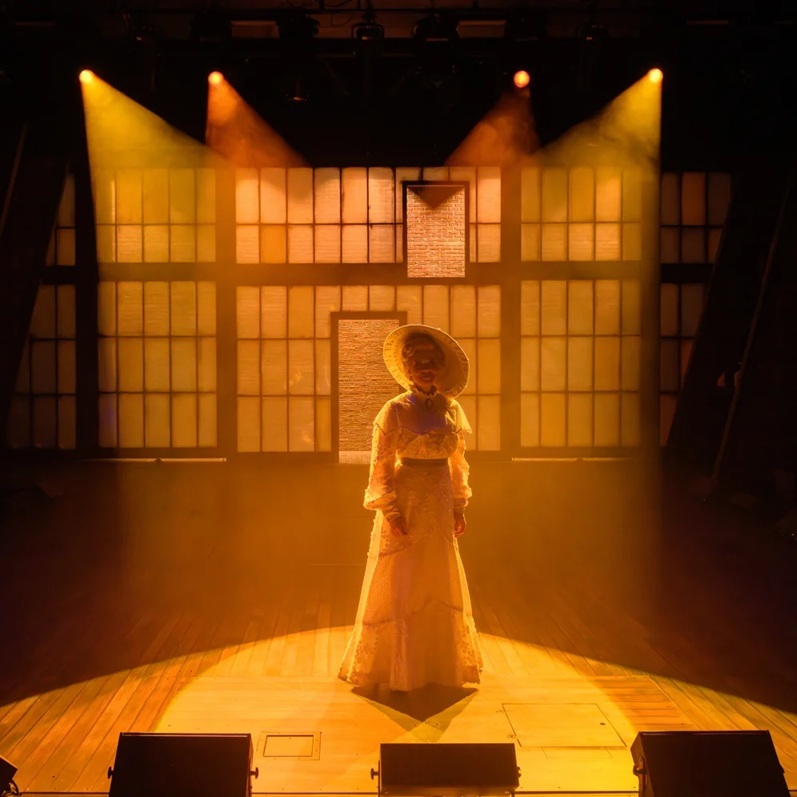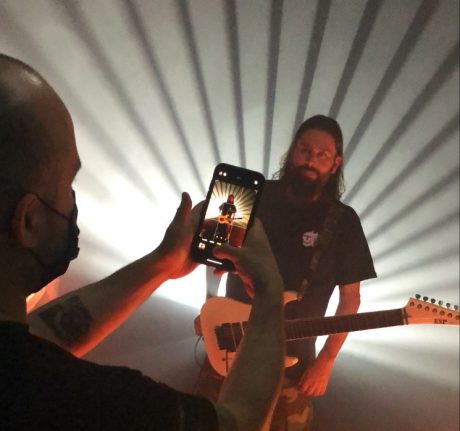
“Five band members, Four Locations, Three LDs, Two Videos, One Vision.”
The Deftones, a long established rock band originally from Sacramento, has been playing live shows all over the globe for the last 30 years. So as they wrapped up their latest album project, they were faced with the same doldrums facing many artists. “When can we release the new music and back it up with a tour?” There is no answer currently being offered other than the same speculation by everyone. “2021.”
The album is in the can. But the success of a tour (and most band’s source of revenue) depends on people showing up to hear the act’s current music along with the old faves. Releasing an album a year before a band can tour behind it, is not financially beneficial. But what can they do in the meantime to keep their music current and keep their fan base engaged? The simple answer…, make a couple new videos.
To achieve this objective would normally require the band members to assemble in one locality with a film crew, some lighting and a sound stage. None of this looked remotely possible during the pandemic. The band, through their photographer/cinematographer Clemente Ruiz, reached out to Jon Eddy their production designer and touring LD for the last six years. As he tells it, “An idea came up. Perhaps the five band members, who live in four different geographical locations, can each capture themselves on video while playing their parts to the songs, then mix it all together later in a studio.” So over a two week period in July they shot two separate song videos. This involved five musicians, four locations, and three lighting designers as well as two camera crew.
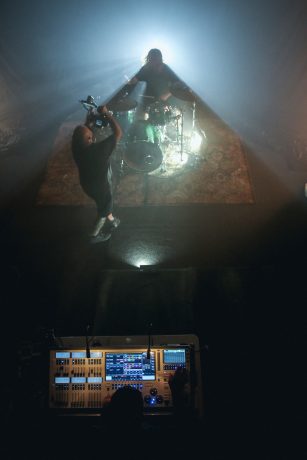
Eddy resides in Ventura, just North of LA and was tasked with making it come together. He explains, “The band had zero interest in traveling to make these videos and reached out to me to see if I would be willing to fly to different locations to light each member accordingly. After some consideration, I really did not wish to visit NYC or Portland either, but I could drive to Sacramento for one shoot and down to San Pedro (Los Angeles) for another. I have some LD friends in other cities who I thought would be able to see our vision and help me work with it.”
The band still has their old practice space in Sacramento, a city where Abe (drums) and Frank (keyboards/Synth) reside. The plan called for Eddy to assemble some lighting fixtures, put em in his car and head North. “During the down time, I had reached out to some vendors to demo some of their gear for our upcoming tour. I own my own Avo Arena console and currently had a couple of Claypaky K-Eye fixtures as well as a Sharpy Plus on hand. GLP had just sent me five of their KNV Line fixtures to toy around with so I brought all that and a DF-50 hazer along.”
The band brought in their cinematographer/friend Ruiz to capture the footage, along with his assistant Frank. He expands on his tools. “During the filming of these videos, I used Sony Cameras in the A7 line. Considering the time limitations and travel required due to Covid, I needed to use cameras that would do the job and allow me to pick up and go without a hassle. The Sony DSLR and a selection of prime lenses is all that was needed.” Clemente was able to film the musicians at three of the four locations, only missing out on NYC.
After shooting in Sacramento Eddy contacted Eric Price up in Portland to get him to shoot Chino, the lead singer’s portion. Price expands on his part. ”It was great to do some work and the way it was laid out for me to program was quite easy. We shot the scenes at “45 East“, a small dance club in southeast Portland. I am unsure how this space was found. For lighting gear, they outsourced that from Outlaw Lighting, here in town. I own my own Road Hog 4 desk and Outlaw provided us with lights as close to what Jon was using in his other shoots. A single Elation Artiste Monet, some Chauvet R2X Wash units and a Elation Chorus Line 16 fixture were all we needed, along with a Base Hazer. The fixtures were chosen for the adjustable refresh rate to be able to play nice with the camera. Jon did a great job of verbalizing what he was after as far as lighting cues and we were able to nail it fairly easily. Jon Eddy was wonderful to collaborate with and it felt great to be back at work. Looking forward to seeing the finished product!” Price adds.
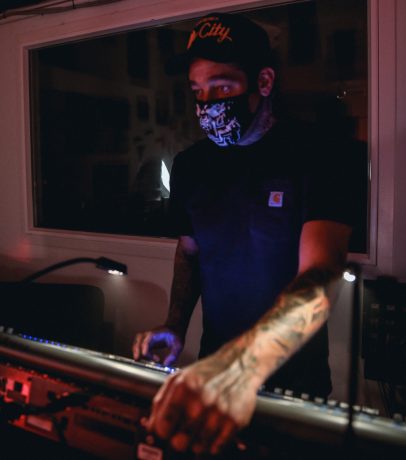
After Sacramento, Eddy headed down to San Pedro to shoot the guitarist, Stephen Carpenter’s part. “We shot that at his personal rehearsal space. It’s a small jam spot with some rad Snoop Dogg murals in the halls. It was a tight fit, but we managed to pull it off.”
“Lastly, I reached out to some old friends in New York City. Myles Mangino is the LD for the Pixies and we have known each other’s work for a long time and I’ve wanted to work with him. Likewise, I have known Alban Sardzinski from working with See Factor for years. Myles has a previz studio over at See Factor, so it made sense that our bass player, Sergio Vega meet up with him over there.”
Myles expands on this. “I got a call from Jon on a Tuesday saying, “Can you be in Jersey at so and so on Thursday. Of course any gig opportunity takes precedence over me tinkering around my studio so I agreed instantly. But as I started thinking about loading a truck with gear and driving there, I realized that would eat up most of the budget. So I mentioned that See Factor had a blacked off demo room with plenty of space and tons of equipment sitting there that I could pick and choose from.” The production agreed. “I needed a hard edge light with a gobo from the back, some wash lights with some effects and some sort of strip light from the side. I chose the Sunstrips because I like their tungsten color. The shoot had lots of smoke and required no front light, right up my alley.”
Myles adds, “All we had was a three person camera team, me as the lone lighting person and the bass player. We were all masked and safe, though we did start one take with Sergio forgetting to remove his mask and had to start over. We spent some quality time on Facetime going back and forth as Jon and Clemente conferred with us while comparing stills from the previous three locations. We shot each song about eight times from a couple of different camera angles.”
Eddy expands on getting his thoughts clear with the other two designers. “We all used similar, but different gear based on what was available for us. I’m normally an artist who directs his shows on the fly daily and does not follow a set cuelist and a go button format. But because we were shooting content in four locations that would be sewn together later, it was important that all of our lighting looks were similar. I needed to match color temperature as well as any background colors or gobo patterns being used. I explained the song’s parts and how to I wanted each part to be lit, then left it up to them.”
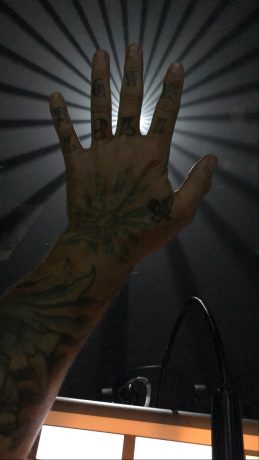
Social distancing was king at all the shoots with minimal people in each room. One lighting person, two video people and the musicians themselves, playing their own gear. There were no backline road crew involved. Once the band footage was shot, the cinematographer edited it into other footage that went along with the theme of the songs.
The first video “ Ohms” was recently released and can be viewed HERE.
Gear Lists
Sacramento and LA shoots
1 x Avolites arena console
2 x Claypaky K-EYE 25 & 15
1 x Claypaky Sharpy Plus
1 x GLP KNV line fixtures
1 x DF 50 hazer
Portland Shoot (from Outlaw Lighting)
1 x HES Full Boar console
4 x Chauvet Rogue3 wash
5 x Elation Chorus Line16
1 x Elation Artiste Monet
1 x Base Hazer Pro
NYC Shoot (See Factor)
1 x grandMA2 console
2 x Mac Quantum washes
1 x Robe MegaPointe
4 x Showlite Sunstrips
